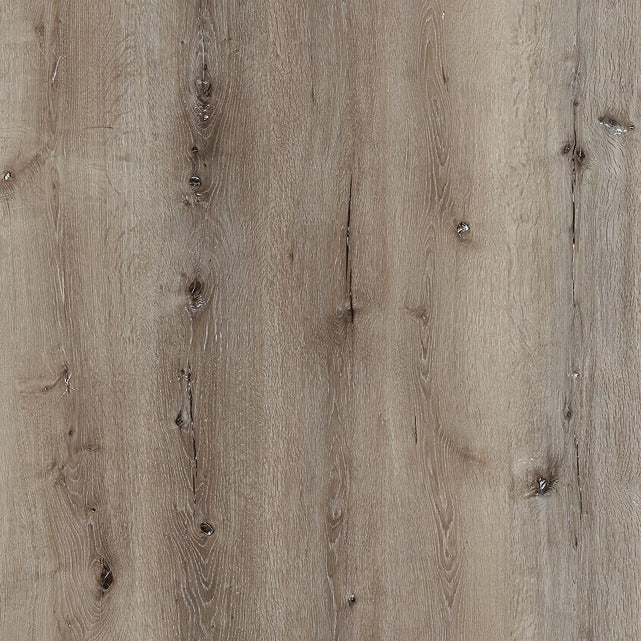
Author, Written by: P. Hirani (Wood flooring Expert)
Living by the coast brings many rewards stunning sea views, fresh air, and a relaxed lifestyle. But coastal homes in the UK also face unique challenges when it comes to flooring. Humidity, salt air, sandy shoes, and fluctuating temperatures all impact how well a floor performs over time. Choosing the right flooring not only protects your investment but also enhances the comfort and style of your seaside retreat.
Key Considerations for Coastal Flooring
1. Moisture Resistance
Coastal environments are naturally damp, and high humidity can cause certain materials to warp or swell. Flooring that resists moisture is essential for long lasting performance.
2. Durability Against Sand and Scratches
With sand often finding its way indoors, floors need to withstand abrasion without quickly showing wear. Scratch resistance is a must in high traffic coastal homes.
3. Easy Maintenance
From sandy footprints to salt spray, cleaning should be quick and simple. Low maintenance surfaces help keep the home looking fresh with minimal effort.
4. Style That Matches the Setting
Coastal interiors often embrace light, airy designs. Flooring should complement the natural seaside aesthetic while staying practical for everyday living.
Best Flooring Options For UK Coastal Homes
1. Luxury Vinyl Tile (LVT)
One of the most practical choices, LVT/Vinyl is waterproof, highly durable, and available in a wide range of styles from driftwood inspired planks to stone looks. It handles humidity with ease and cleans up quickly, making it a top choice for beachside living.
2. SPC (Stone Plastic Composite) Flooring
An upgrade on traditional vinyl, SPC is completely waterproof and extremely stable. Its rigid core prevents expansion and contraction, even in fluctuating temperatures. Perfect for busy coastal households with pets or children.
3. Engineered Wood Flooring
For homeowners who love the natural beauty of wood, engineered wood is more stable than solid timber and can better withstand coastal conditions. Opt for oiled or lacquered finishes for added protection against moisture and wear.
4. Porcelain or Ceramic Tiles
Tiles are naturally water resistant, making them ideal for kitchens, bathrooms, and entryways in coastal properties. Their hard wearing surface also resists sand scratches, and lighter shades help maintain a bright, open feel.
5. Laminate Flooring (with Caution)
Modern laminates with water resistant technology can be suitable for certain coastal spaces. However, they are less tolerant of standing water compared to vinyl or tile, so they’re better for upstairs rooms rather than ground floors with direct outdoor access.
Practical Tips for Coastal Flooring
-
Use mats and runners at entryways to catch sand and moisture.
-
Choose lighter tones such as whitewashed oak or soft grey to enhance the coastal look.
-
Seal and maintain wood floors regularly to prolong their life in a salty, damp environment.
-
Consider underfloor heating to combat chill and improve comfort year round.
Wrapping Up
Selecting flooring for a UK coastal home requires a balance of durability, practicality, and style. Vinyl and SPC flooring offer unmatched resilience and low maintenance, while engineered wood and tiles bring timeless character. With the right choice, your flooring can handle the demands of coastal living while creating a beautiful foundation that reflects the relaxed, breezy charm of life by the sea.
About Author:
Peter H. is a flooring product expert who knows all about different types of flooring materials. He shares his knowledge in blogs to help readers make the best choices for their spaces.
